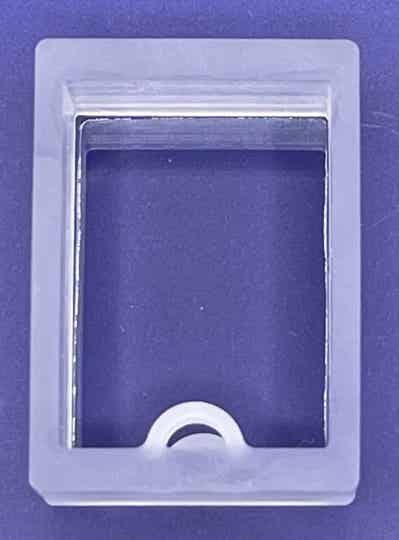Innovative Microfluidics for Organoids Research
Order PimCell® chips
Order PimCell® accessoires
Prototyping Service
Pimbio is your dedicated partner in developing projects tailored to your specifications, starting from the ground up.
If you want to discuss your project with us, you can contact us via our online form. We are more than happy to help you.
PimCell® offers advanced microfluidic technologies for cultivating and testing organoids. Our custom-designed microfluidic chips are tailored for cell cultures, focusing on research into brain organoids and biomedical applications. With our innovative solutions, we support research institutions, universities, and medical centers in accelerating their studies of complex cell models. Discover how PimCell® can enhance your research with our advanced prototyping and personalized chips.
All our products are "FOR RESEARCH, ONLY!".
PimCell® is the commercial brand of Pimbio, specializing in the sales of our advanced microfluidic technologies.













